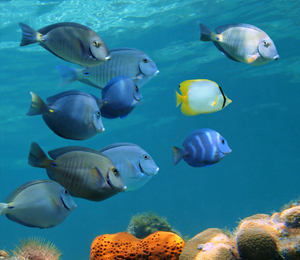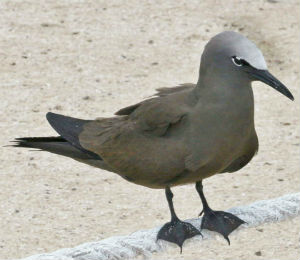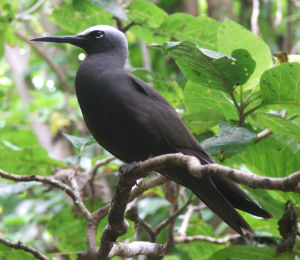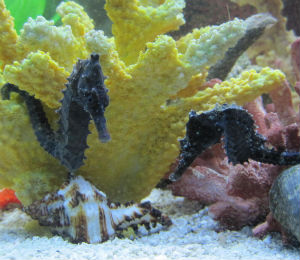Key West Reef Fish
Coral reefs are home to some of the most brightly-colored and unique fish in the world. Key West snorkeling can introduce you to a world unlike any other, full of fish with strange shapes and odd habits. Some Key West reef fish are kept as aquarium specimens, but even then their behavior can be vastly different than that of the fish in their natural habitat. Some reef fish are not suited for aquarium life, for any number of reasons, and can only be seen in person by taking a Key West snorkeling excursion.
Schooling fish make for some of the most impressive visual displays. Among the schooling fish that might be seen when Snorkeling in Key West are several species of grunts, at least two species of snappers, goatfish, copper sweepers and sergeant majors. Some fish that do not school in Key West, such as the blue tang and buttefly fish, can nonetheless be seen congregating in great numbers in the water off the Florida Keys.
Grunts are a family of fish that share the major characteristic of being able to make a grunting sound by grinding their teeth. Blue-striped grunts have narrow orange and blue horizontal stripes and yellow tail fins. They may school together with French grunts, another resident of the Keys. These combined schools of grunts sometimes have as many as 1,000 individuals. Silver with thin orange lines running horizontally down their sides, smallmouth grunts are the third local species of this group.
Goatfish are a type of brightly-colored schooling fish that feed on the ocean floor. Key West snorkling excursions often get to see these fish use their long, catfish-like barbels to overturn the sandy floor of the reef in search of something to eat. Goatfish sometimes school with other species of fish, including both other types of goatfish and fish such as snappers. Gray and yellowtail snappers are the two most commonly seen species in the Florida Keys.
Copper sweepers may be seen darting in and out of the crevices and caves in the coral and rocks where they live. These oddly-shaped fish have deep, flat ovals for bodies and a thin tail that projects from the rear in line with the top of the fish. As indicated by their common name, adults copper sweepers are a rich shade of copper that can be likened to a newly-minted penny. However, baby copper sweepers are actually transparent.
Sergeant majors are a species of small, schooling damselfish. They are bright blue with black vertical stripes, and their pattern is where the name comes from because some people think that it resembles the insignia of a sergeant major in the military. Sergeant majors may be seen relatively near the surface of the water, sometimes coming as high as three feet or so below the surface.
Blue tangs are members of a group of fish known as surgeonfish. They have a relatively flat body in an egg shape with the wider end of the oval at the head of the fish. A small point marks the mouth, and the tail fin is forked. Adults have blue bodies and fins, but juveniles start out yellow and go through a phase of being blue with yellow fins before finally reaching their adult color. This species has sharp spines on either side of the tail fin that can deliver a painful injury if the fish is scared.
Several species of angelfish and butterflyfish come to the Keys to breed or bask in the warm waters. Spotfin butterflyfish have flat, oval bodies with narrow, pointed noses. A dark vertical line through their eye and a dark spot on the back of the dorsal fin make them unmistakable. All butterflyfish have deep, narrow bodies and tails without forks. They are usually brightly colored and smaller than 12 inches in length.
Adult Queen angelfish are stunning creatures. They have blue-green bodies with bright blue borders on their large anal and dorsal fins and grow up to 17 inches long. Their pectoral and tail fins are bright yellow. The juveniles are worth looking for as well because they exhibit an entirely different color pattern than the adults. These younger fish have dark blue bodies with light blue vertical stripes and yellow accents over the gills, lips and tail.
Parrotfish are so named because their teeth are tightly packed together at the front of their mouths, giving them a beak-like appearance. They use this structure to rasp algae from the rocks of the coral reef. Some species of parrotfish produce large amounts of mucus from their mouths that they coat their bodies in before falling asleep. This is believed to help protect them from predators by blocking their scent. Many different species of brightly-colored parrotfish are native to the Key West area.
Groupers are common in the Florida waters and often hang out near the coral reefs. At least 13 species are recognized as living nearby, including the endangered Goliath grouper. Other species of large game fish that are commonly seen on or near the reef include the common snook and the tarpon.
Rare sightings of other fish sometimes happen in the Keys. Fish that do not often wander close to the reef but can sometimes be seen in the distance include eagle rays and even giants like ocean sunfish and whale sharks. Unlike other sharks, whale sharks are not predators. They are filter-feeders that are harmless to humans and reef fish alike, feeding on particles suspended in the water.
If you come on a Key West snorkeling excursion, you can be certain that it will be an unparalleled experience. The coral reefs off the Florida keys are well known for their abundance of fish species, lobsters, turtles, and other marine life! Accustomed to being dived with and quite willing to be used in a photo op, the local fish life is sure to delight!




